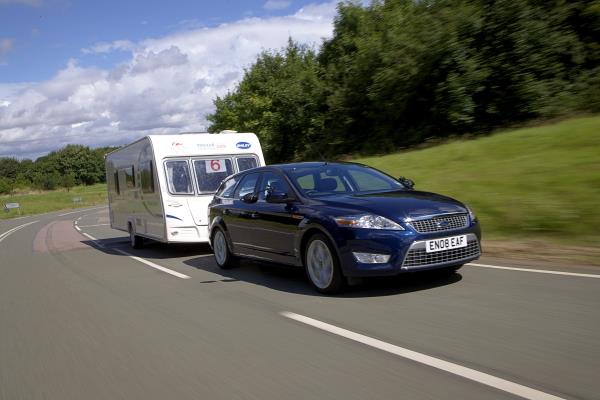THERE is one factor that dictates the safety of young drivers more than any other influence – experience.
Practice is the key to driving safely on the road for learner driver.
The more practice drivers get in all conditions, the less risk they have of an accident on P-plates.
With the required 120 hours of driving on L-plates (when aged under 21 years), it is important young drivers experience a range of conditions.
This ensures they can deal with a range of situations including driving in heavy traffic, on open country roads, in bad weather or at night time.
The following are tips from the TAC in how young drivers can improve their skills.
City driving
When you drive in the city you are faced with lots of vehicles, unpredictable drivers, trucks, train crossings, cyclists, motorbikes, pedestrians, breakdowns and more.
The only way to drive safely within complex traffic is to get plenty of city driving practice. Driving in these conditions involves being controlled and alert so you are aware of activity around you.
City driving tips:
* Other road users – anticipate the behaviour of others on the road – look ahead, look behind and be prepared for the unexpected.
* Intersections – keep a good look out when driving through intersections – they are a high crash risk area.
* Mirrors – use all your car mirrors but look out for blind spots – always look quickly over your shoulder before changing lanes or pulling out from the kerb.
* Indicators – always indicate when turning or changing lanes.
Country driving
Driving on the open road can be daunting for some learner drivers, with higher speed limits outside towns, faster vehicles on the road, long distances and the potential of fatigue.
More than 20 per cent of fatal crashes are because of fatigue. Long trips and higher speeds on rural roads mean drivers must devote full concentration to the road which can be tiring.
Country driving tips:
* Safe distances – keep a safe distance from the car in front and leave at least a two second gap – three seconds is best. If driving conditions are affected by rain or reduced visibility increase the gap to at least four seconds.
* Overtaking – don’t overtake unless it is safe. When moving back to the left leave enough room to get well past any other vehicle.
* Keep left – unless overtaking, always keep to the left lane. This is not only courteous, the law requires a vehicle to keep out of the right lane on a multi-lane road with a speed limit over 80km/h.
Night driving
Crash risk increases at night. Visibility can be difficult as other vehicles and road users are harder to detect and other vehicle lights can make distance difficult to judge. At night more road users may have been drinking, making their behaviour more unpredictable and hazardous.
Night Driving tips:
* Headlights – headlights and tail lights must be on between sunset and sunrise. You must have your headlights on low-beam when another vehicle is within 200 metres. This includes dipping the headlights when driving 200 metres or less behind another vehicle.
* Cars driving towards you – when a car with high-beam headlights is driving towards you look towards the left hand side of the road and drive towards the left of your lane. You may need to slow down and pull over to let your eyes recover if the lights dazzle you.
Weather conditions
Driving in the rain, fog, snow and bright sunlight calls for extra care as these conditions can reduce visibility or increase the risk of skidding and losing control.
Tips for all weather conditions:
* Reduce speed – reduce speed in bad weather, as your recovery time is better if something goes wrong.
* Fog – if you see fog and mist ahead reduce speed before you enter it. In very thick fog make sure you always know where you are on the road and never drive at a speed that forces you to guess what is ahead. Avoid overtaking.
* Rain – heavy rain can have the same effect as fog with less visibility making it harder to judge where you are on the road in relation to other vehicles.
Towing trailers
Any vehicle you tow behind a car is classified as a trailer, whether it is a caravan, a horse float, boat, mobile machinery or similar device. There are restrictions on towing for P-plate drivers which are clearly set out on the VicRoads website.
Cars perform differently when towing a trailer. Acceleration is slower and it takes longer to stop. Side winds, passing other vehicles, bumps and potholes on the road can affect the vehicle’s stability.
Towing trailers means you need to concentrate more and use different driving techniques to handle the additional demands placed on you.
Tips for towing trailers:
* Look ahead – look further ahead than usual to anticipate the movement of other traffic and road conditions.
* Distance – keep a greater distance to the vehicle ahead as the added weight of the trailer requires more road space in which to stop.
* Overtaking – if overtaking other vehicles, allow more distance in which to do so. On long or steep downhill grades select a lower gear to increase control of the vehicle and place less stress on the brakes.







